10g
Showing 4601–4637 of 4637 results
-
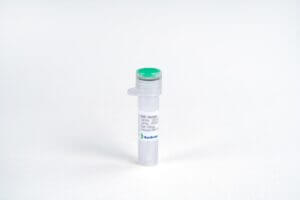
VEGF120, Mouse
$194.93 Add to cart View Product DetailsVEGF was initially purified from media conditioned by normal bovine pituitary folliculo-stellate cells and by a variety of transformed cell lines as a mitogen specific for vascular endothelial cells. It was subsequently found to be identical to an independently discovered vascular permeability factor (VPF), which was previously identified in media conditioned by tumor cell lines based on its ability to increase the permeability of capillary blood vessels. Three mouse cDNA clones, which arise through alternative splicing and which encode mature mouse monomeric VEGF having 120, 164, or 188, amino acids, respectively, have been identified. Two receptor tyrosine kinases (RTKs), Flt-1 and Flk-1 (the mouse homologue of human KDR), both members of the type III subclass of RTKs containing seven immunoglobulin-like repeats in their extracellular domains, have been shown to bind VEGF with high affinity. The roles of the homodimers of KDR, Flt, and the heterodimer ofKDR/Flt in VEGF signal transduction remain to be elucidated.In vivo, VEGF has been found to be a potent angiogenesis inducer.
-

VEGF121, Human
$86.25 Add to cart View Product DetailsVEGF-A121 is one of five isoforms (121, 145, 165, 189, and 206) of VEGF protein, a cytokine belonging to the Platelet Differentiation Growth Factor (PDGF) family, and existing as a disulfide-linked homodimeric glycoprotein. In contrast to the longer isoforms, VEGF-A121 is more freely diffusible, and cannot bind to heparin. In vivo, VEGF is expressed predominantly in lung, heart, kidney, and adrenal glands, and the expression of VEGF is up-regulated by a number of growth factors, including PDGF, Fibroblast Growth Factor (FGF), Epidermal Growth Factor (EGF), and Tumor Necrosis Factor (TNF). VEGF signals via binding to two tyrosine kinase receptors: the Fms-like tyrosine kinase 1 (Flt-1) and the kinase domain receptor (KDR). VEGF is a specific mitogen and survival factor, contributing to abnormal angiogenesis and cancer development.
-

VEGF164, Mouse
$155.25 Add to cart View Product DetailsVascular Endothelial Growth Factor (VEGF) was initially purified from media conditioned by normal bovine pituitary folliculo-stellate cells and by a variety of transformed cell lines as a mitogen specific for vascular endothelial cells. It was subsequently found to be identical to an independently discovered vascular permeability factor (VPF), which was previously identified in media conditioned by tumor cell lines based on its ability to increase the permeability of capillary blood vessels. Three mouse cDNA clones, which arise through alternative splicing and which encode mature mouse monomeric VEGF having 120, 164, or 188, amino acids, respectively, have been identified. Two receptor tyrosine kinases (RTKs), Flt-1 and Flk-1 (the mouse homologue of human KDR), both members of the type III subclass of RTKs containing seven immunoglobulin-like repeats in their extracellular domains, have been shown to bind VEGF with high affinity. The roles of the homodimers of KDR, Flt, and the heterodimer of KDR/Flt in VEGF signal transduction remain to be elucidated. In vivo, VEGF has been found to be a potent angiogenesis inducer.
-

VEGF164, Rat (CHO-expressed)
$86.25 Add to cart View Product DetailsVascular Endothelial Growth Factor A164 (VEGF-A164), a member of the cysteine knot growth factor, is one of major isoforms of VEGF-As. VEGF-As are endothelial cell-specific mitogens with angiogenic and vascular permeability-inducing properties. During maturation, rat VEGF-A is alternatively spliced to generate rVEGF-A120, rVEGF-A164 and rVEGF-A188 which correspond to hVEGF-A121, hVEGF-A165 and hVEGF-A189 in human, respectively (the numbers designate the amino acid residues). The active form of rVEGF-A164 is either a homodimeric or heterodimeric polypeptides which bind to the transmembrane tyrosine kinases receptors FLT1, FLK1 or KDR or to the non-tyrosine kinase neuropilin receptors NRP1/2.
-

VEGF165, Human
$86.25 Add to cart View Product DetailsVascular Endothelial Growth Factor (VEGF) is a potent growth and angiogenic cytokine. It stimulates proliferation and survival of endothelial cells, and promotes angiogenesis and vascular permeability. Expressed in vascularized tissues, Vascular Endothelial Growth Factor (VEGF) plays a prominent role in normal and pathological angiogenesis. Substantial evidence implicates Vascular Endothelial Growth Factor (VEGF) in the induction of tumor metastasis and intra-ocular neovascular syndromes. Vascular Endothelial Growth Factor (VEGF) signals through the three receptors; fms-like tyrosine kinase (flt-1), KDR gene product (the murine homolog of KDR is the flk-1 gene product) and the flt4 gene product.
-

VEGF165, Human(HEK 293-expressed)
$86.25 Add to cart View Product DetailsVascular Endothelial Growth Factor (VEGF) is a potent growth and angiogenic cytokine. It stimulates proliferation and survival of endothelial cells, and promotes angiogenesis and vascular permeability. Expressed in vascularized tissues, Vascular Endothelial Growth Factor (VEGF) plays a prominent role in normal and pathological angiogenesis. Substantial evidence implicates Vascular Endothelial Growth Factor (VEGF) in the induction of tumor metastasis and intra-ocular neovascular syndromes. Vascular Endothelial Growth Factor (VEGF) signals through the three receptors; fms-like tyrosine kinase (flt-1), KDR gene product (the murine homolog of KDR is the flk-1 gene product) and the flt4 gene product.
-
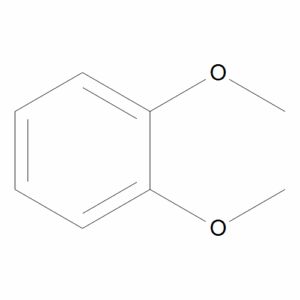
Veratrole
$62.96 Add to cart View Product DetailsMolecular Formula : C8 H10 O2
-

Vincamine
$402.79 Add to cart View Product DetailsMolecular Formula : C21 H26 N2 O3
-
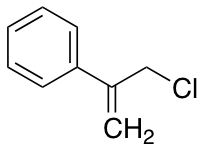
Vinylbenzyl Chloride, Mixture of 2, 3- and 4-isomers (Stabilized with TBC)
$94.01 Add to cart View Product DetailsMolecular Formula : 2 C9 H9 Cl
-

Vinylphosphonic Acid
$94.01 Add to cart View Product DetailsMolecular Formula : C2H5O3P
-

Vitamin A Acetate
$174.23 Add to cart View Product DetailsMolecular Formula : C22 H32 O2
-

Vitamin D2 O-t-Butyldimethylsilyl Ether
$301.88 Add to cart View Product DetailsMolecular Formula : C34H58OSi
-
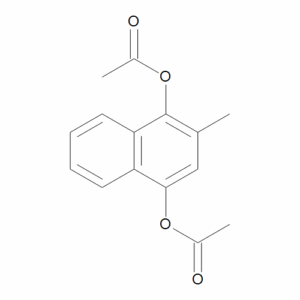
Vitamin K4
$106.09 Add to cart View Product DetailsMolecular Formula : C15 H14 O4
-
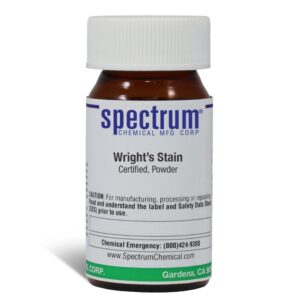
Wright’s Stain, Certified, Powder
$96.88 Add to cart View Product DetailsWright’s Stain, Certified, Powder
-

Xanthine
$159.56 Add to cart View Product DetailsMolecular Formula : C5 H4 N4 O2
-

Xanthone
$208.73 Add to cart View Product DetailsMolecular Formula : C13 H8 O2
-

Xylan
$67.28 Add to cart View Product DetailsMolecular Formula : C5H10O6
-
Xylene Cyanol FF (Technical Grade)
Read more View Product DetailsMolecular Formula : C25H27N2NaO6S2
-

Xylenesulfonic Acid Sodium Salt
$217.35 Add to cart View Product DetailsMolecular Formula : C8H9NaO3S
-
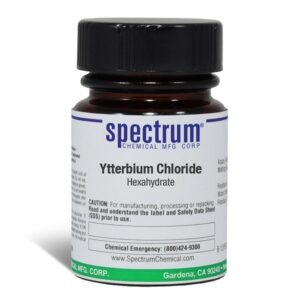
Ytterbium Chloride, Hexahydrate
$133.33 Add to cart View Product DetailsYtterbium Chloride, Hexahydrate
-
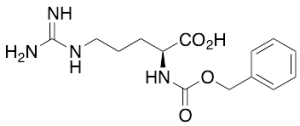
Z-L-Arginine
$62.10 Add to cart View Product DetailsMolecular Formula : C14H20N4O4
-
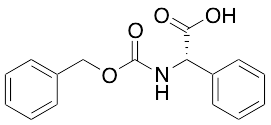
Z-L-Phenylglycine
$56.06 Add to cart View Product DetailsMolecular Formula : C6 H6 F N O . H Cl
-

Zephirol
$176.81 Add to cart View Product DetailsMolecular Formula : C21 H38 N . Cl
-

Zinc 2-Mercaptobenzothiazole
$79.35 Add to cart View Product DetailsMolecular Formula : C14H8N2S4Zn
-

Zinc Acetate
$120.75 Add to cart View Product DetailsMolecular Formula : C4H6O4Zn
-

Zinc Acetate Dihydrate
$82.80 Add to cart View Product DetailsMolecular Formula : 2 C2 H3 O2 . Zn . 2 H2 O
-

Zinc Chloride Hydrate
$116.44 Add to cart View Product DetailsMolecular Formula : ZnCl2 .xH2O
-

Zinc Difluoride
$67.28 Add to cart View Product DetailsMolecular Formula : F2Zn
-

Zinc Dimethyldithiocarbamate
$154.39 Add to cart View Product DetailsMolecular Formula : C6 H12 N2 S4 Zn
-

Zinc Oxide
$116.44 Add to cart View Product DetailsMolecular Formula : ZnO
-
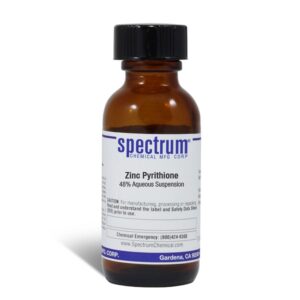
Zinc Pyrithione, 48 Percent Aqueous Suspension
$172.39 Add to cart View Product DetailsZinc Pyrithione, 48 Percent Aqueous Suspension
-
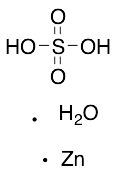
Zinc Sulfate Monohydrate
$83.66 Add to cart View Product DetailsMolecular Formula : H2O4S . Zn . H2O
-

Zinc-Copper Couple
$214.76 Add to cart View Product DetailsMolecular Formula : CuZn
-

Zolpidem Acid
$817.65 Add to cart View Product DetailsMolecular Formula : C17 H16 N2 O2
-
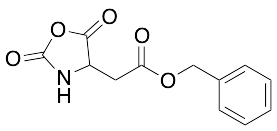
β-Benzyl L-Aspartic Acid N-carboxyanhydride
$220.80 Add to cart View Product DetailsMolecular Formula : C12 H11 N O5
-

γ-Aminobutyric Acid
$119.03 Add to cart View Product DetailsMolecular Formula : C4 H9 N O2
-

ψ-Tropine
$1,185.94 Add to cart View Product DetailsMolecular Formula : C8 H15 N O






